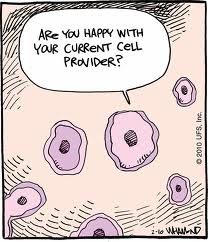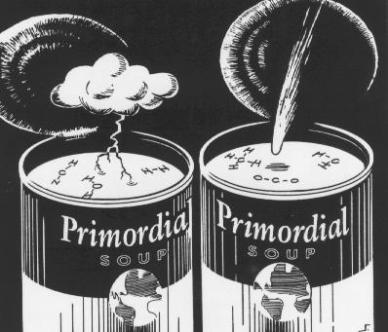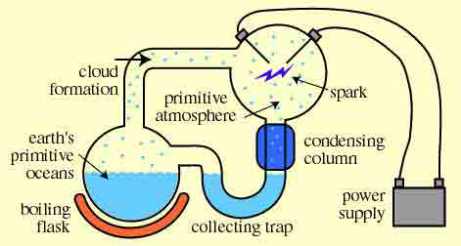KEESHA MAHABIR
812001621
Supplement Extra Credit Assignment
The analysis of this supplement was done in a skit format to properly understand the mechanism of the L-Carnitine Supplement using biochemical knowledge learned in order to support claims made by the manufacturer.
Skit
Characters:
John-John works as an Accountant at a popular bank, he has an average body type. For the first time in his life John has enrolled at his local gym. Sports and athletics isn’t really his thing but like most guys, in their early 20’s, he wants to impress the girls and is interested in getting lean, muscular and fit.
Stacy- Stacy is a close friend of John and wants the best for him. She is currently perusing he degree in biology and has enrolled in their level 2, biochemistry course.
It’s a Saturday evening
Stacy: Hey, How’s gym life? Your probably really tired!
John: Yeh! Tell me about it, I have no clue what I’m doing.
Stacy: Dosen’t the gym have trainers? You should get some tips on diet and stuff, im sure that’s really important.
John: Since you mentioned it, I did get some information on what I should be taking, eating, you know all those supplement stuff.
*sound of typing computer keys*
Stacy: what are you doing?
John: Searching this supplement I was recommended… L-Carnitine.. yeh that’s it
Name of Supplement:L-Carnitine

Picture 1: L-Carnitine, supplement choosen
He pauses then continues
John: okay so lets see. Claim of manufacturer: *he reads to stacy* “L-Carnitine is a non-essential amino acid found primarily in red meat and other animal sources. In the body, carnitine facilitates the transfer of fatty acids into the mitochondria for cellular energy production. Carnitine supplementation may help promote fat loss by converting fat into fuel. Carnitine provides muscular energy by burning fat, which may also promote a positive environment for muscle growth.*” ….sounds convincing enough… I think!
Stacy: Hey hold on…*she remembers the beta oxidation rap* I know exactly what you’re talking about. Just had a quiz the other day!
She continues
Stacy: Beta oxidation occurs in the mitochondria and yields large amounts of ATP through the process by which long chain fatty acids are broken down into high energy generating compounds, FADH₂, NADH and acetyl CoA.
John; that’s nice, but what does beta oxidation have to do with L-Carnitine?
Stacy: I’m getting to that. You see… when long chain fatty acids enter the cytosol, they are immediately converted to fatty acyl CoA via the compound thiokinase
John: I distinctly remember you saying that beta oxidation occurs in the mitochondria?
Stacy: It does, and because beta oxidation occurs in the mitochondria, the fatty acid must be transported from the cytosol to the inner mitochondrial matrix.
There’s catch though!
The inner mitochondrial matrix is impermeable to CoA.
John: Go on things just got heated
Stacy: The fatty acyl CoA uses a specialized carrier, carnitine to transport the acly group from the cytosol to the mitochondrial matrix.
John: So carnitie is a carrier?
Stacy: Yes! But is a part of a larger process known as the carnitine shuttle system. It’s a highly organized cycle responsible for transporting the fatty acyl CoA in to the mitochondrial matrix.
Stacy: Im sending you a picture right now!

Picture 2: Showing carnitine shuttle system
Stacy: The picture you see above might seem complex but is actually quite simple.
The fatty acyl group is attached to the CoA group. When the energy of the cell is low,the fatty acyl CoA undergoes a transesterification reaction where the fatty acyl group is transferred to the OH group of the Carnitine. This reaction is catalyzed by the enzyme identified in the picture as Carnitine acyltransferase I. I should add that the compound formed is known as fatty acyl Carnitine and since there is no CoA can now enter the inner mitochondrial matrix via an anti-porter protein, seen in pink.
Once in the inner matrix, another enzyme Carnitine acyltransferase II detaches the carnirine carrier. CoA can now recombine with the fatty acyl group and the carnitine is free to exit the anti-porter protein and be used as a carrier once more.
John: Well that’s quite interesting!
Stacy: Yes! The claims made by the manufacturer is in essence very true. The fatty acylCoA , now in the mitochondrial matrix can undergo the process of beta oxidation and eventually produce large amounts of ATP via the citric acid cycle and electron transport chain.
The carnitine shuttle system is a necessary step for the breakdown of fatty acids into energy.




















